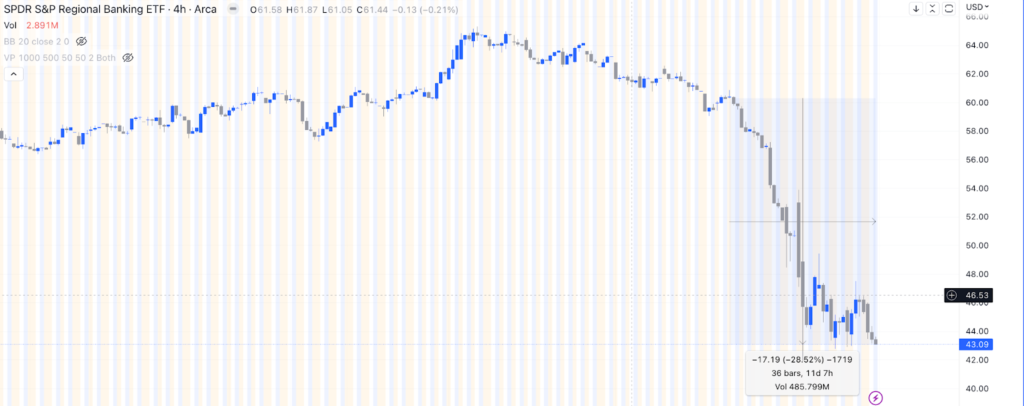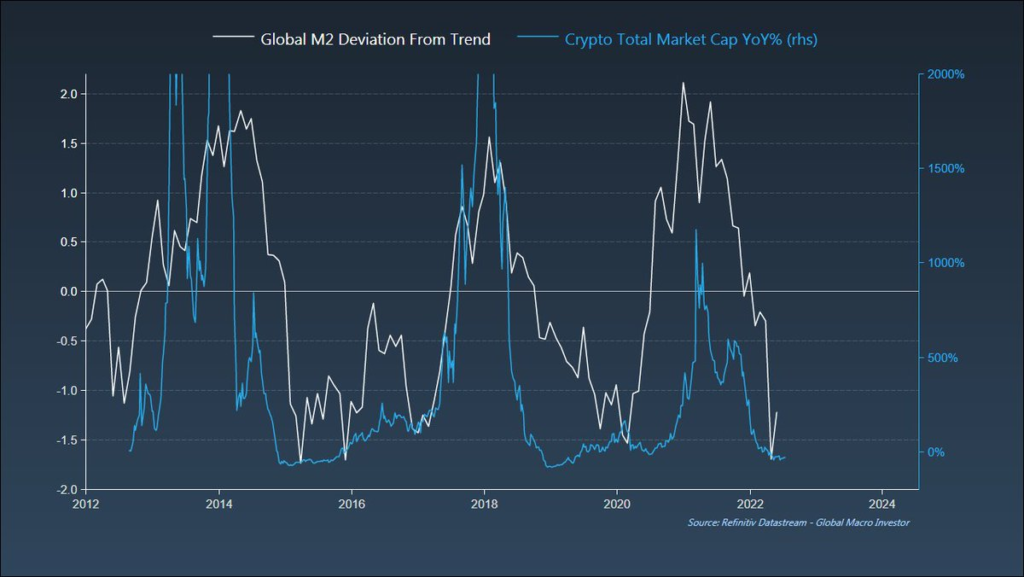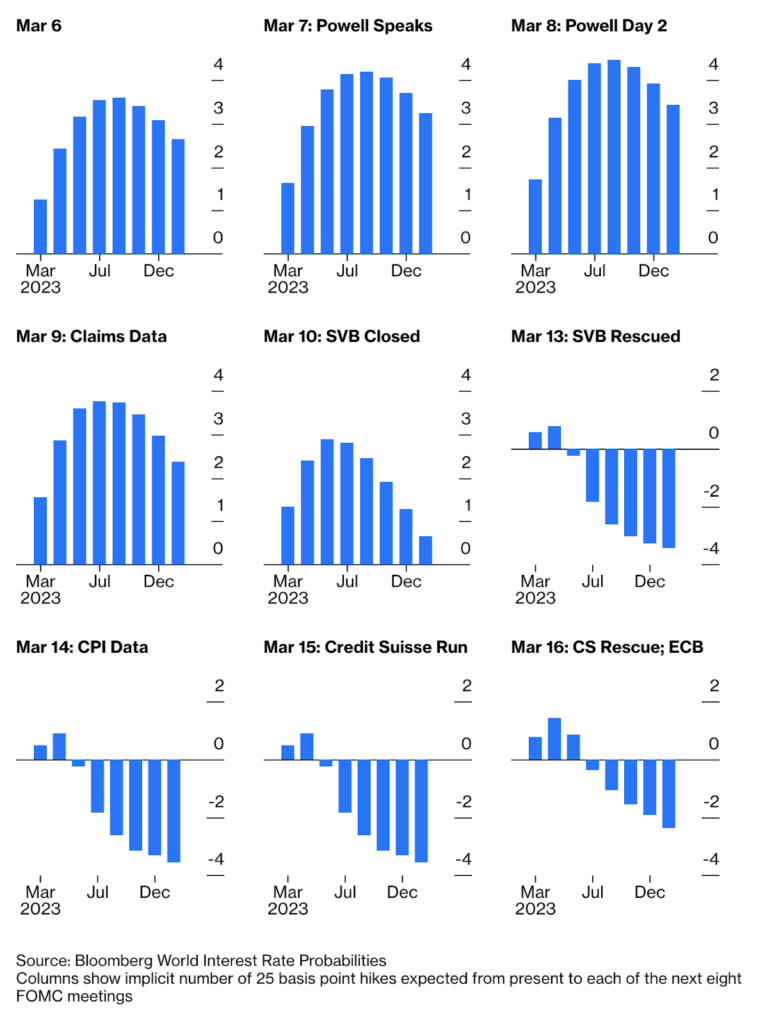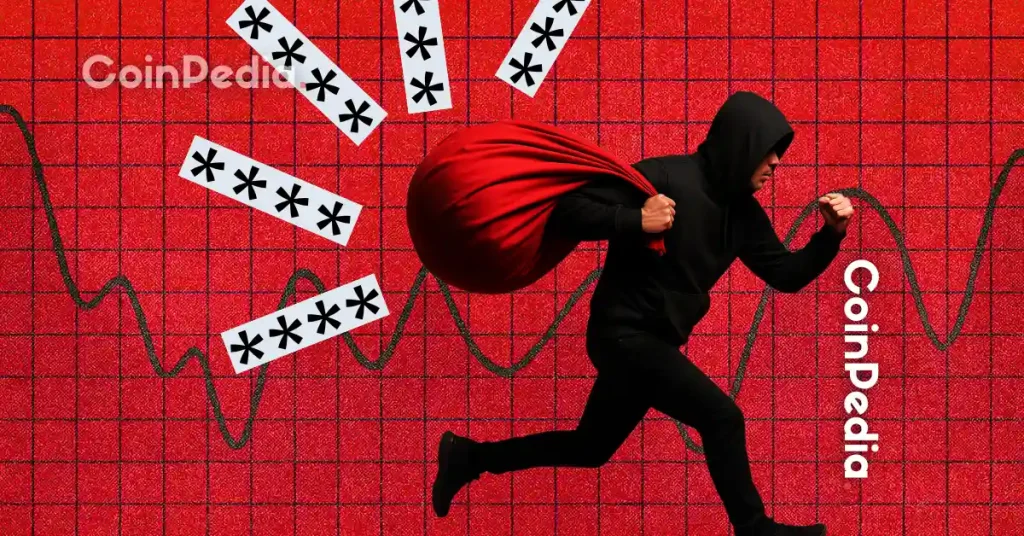
While turmoil spreads in traditional finance (TradFi), crypto assets (virtual currencies) are performing well, and Bitcoin (BTC) is regaining its luster. With Silvergate Bank, Silicon Valley Bank, and Signature Bank failing, and the Credit Suisse acquisition confirmed, cryptocurrencies appear to be a safe haven.
On March 8, crypto assets were also thrown into turmoil following rumors that Silicon Valley Bank was in trouble. USDC lost its dollar peg following the announcement that $3.3 billion of its reserve assets were deposited with Silicon Valley banks.
From there, crypto investors sell their positions on major exchanges. Bitcoin fell from $22,410 to $19,500. Ethereum (ETH) fell from $1,560 to $1,368, briefly below the 200-day moving average before recovering.
By March 10, news of the biggest Silicon Valley bank failure since 2008 swept the financial media. Bank stocks fell sharply on fears of widespread contagion. The S&P Regional Banking Index (KRE) has fallen 28% in about five days of trading and has yet to recover.
 S&P Regional Bank Index
S&P Regional Bank IndexOn March 12, the U.S. Federal Reserve (Fed) and the U.S. Federal Deposit Insurance Corporation (FDIC) decided to reduce deposits at Silicon Valley banks and signature banks to prevent further bank runs and to quell fears of contagion. announced full protection. The action was enough to stop a major bankruptcy, but depositors still continued to withdraw billions of dollars.
Ironically, the big winners in this mess are risk assets. Especially crypto assets such as Bitcoin and Ethereum.
M2 Money Supply and Cryptocurrency Prices
While the correlation between stock markets and crypto assets has changed over time, the most consistent predictor of crypto asset prices has been the global money supply. This series of banking troubles has given central banks a new reason to print more money and collect things.
A graph of M2 money supply and crypto market capitalization (below) shows how liquidity is impacting demand for crypto. If the rally after the 11th is credible, central banks will have to print more money to avoid a financial crisis, cryptoassets say.

 Global M2 deviation from trend (white) and cryptocurrency market capitalization % y/y (blue)
Global M2 deviation from trend (white) and cryptocurrency market capitalization % y/y (blue)Source: Refinitiv Datastream
Of course, we cannot easily accept the deterministic view that “increase in M2 = increase in Bitcoin”. The Fed will still have to deal with inflation and high unemployment. The payrolls report released on March 10 was better than expected, and just four days later, the consumer price index showed inflation rising by 0.5%.
Rate hike forecast
These conflicting data raise questions about how the Fed will deal with rising inflation and banking crises. Rate hikes will likely only exacerbate the problem and cause more bank failures.
A look at rate hike projections after March 6 shows that the situation is changing rapidly.

 0.25% Rate Hike Expected at Next 8 FOMCs
0.25% Rate Hike Expected at Next 8 FOMCsSource: Bloomberg World Interest Rate Probabiities
While it was widely expected that the long-term rate hike policy would continue in 2023, things have changed dramatically and may eventually lead to a policy reversal down the road. At this point, any policy is possible. The Fed’s forecast, released on Wednesday, is the highest in the U.S. Federal Open Market Committee (FOMC) members’ forecast of how effectively central banks will be able to steer macroeconomic conditions while protecting financial institutions. It is a good material for measuring self-confidence.
Cryptoassets have risen steadily amid this turmoil and are now seen by many investors as a bulwark against the next financial crisis. But can cryptocurrencies escape the economic downturn entirely?
Could Bitcoin be an escape capsule if banking crises, inflation and further interest rate hikes lead to the hard landing many consider inevitable?
|Translation and editing: Akiko Yamaguchi, Takayuki Masuda
|Image: Shutterstock
|Original: Bitcoin Emerges as Safe Haven as Traditional Finance Faces Turmoil
The post While traditional finance is in turmoil, Bitcoin emerges as a safe haven[Column]| coindesk JAPAN | Coindesk Japan appeared first on Our Bitcoin News.

 2 years ago
121
2 years ago
121














 English (US) ·
English (US) ·